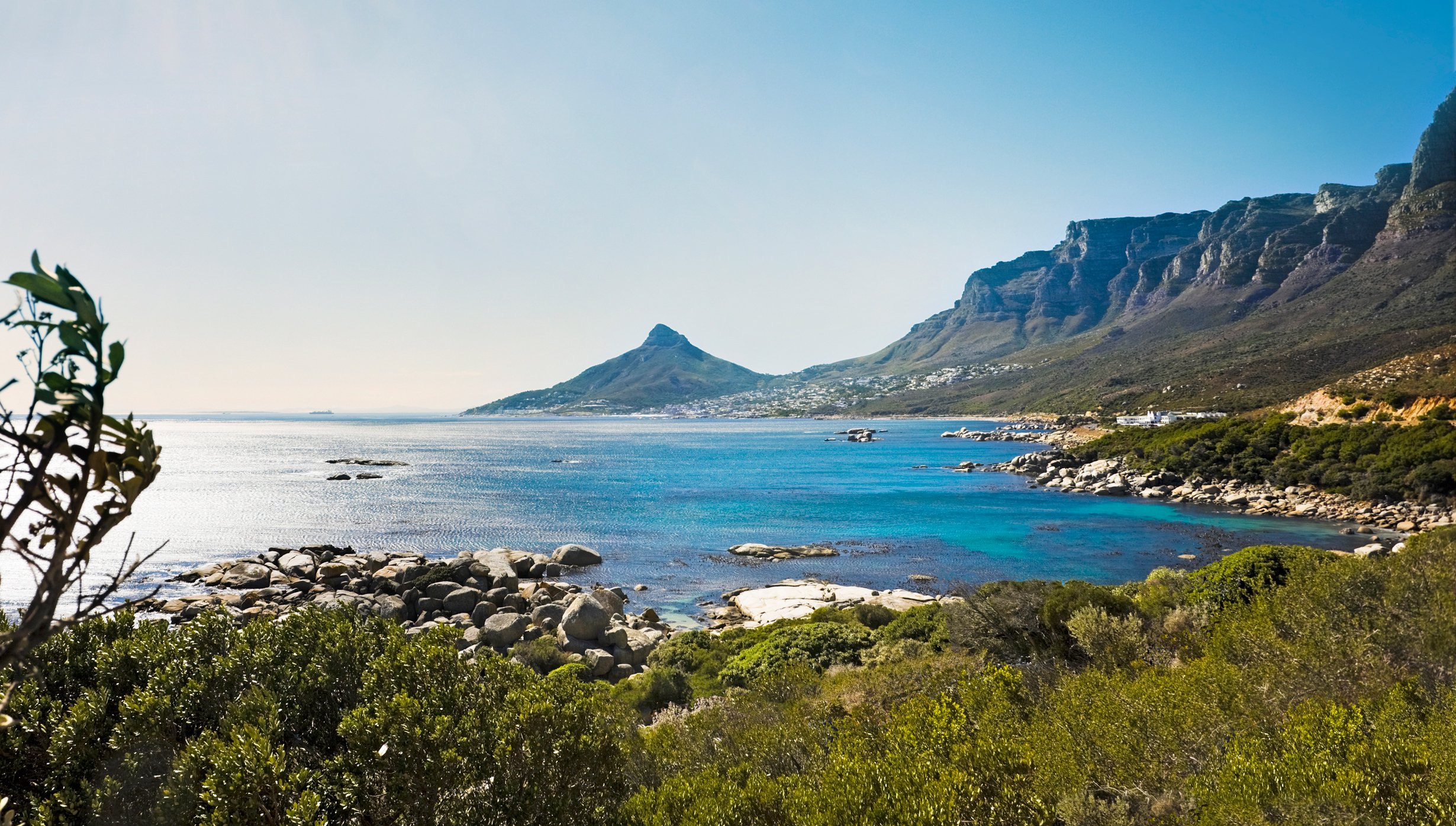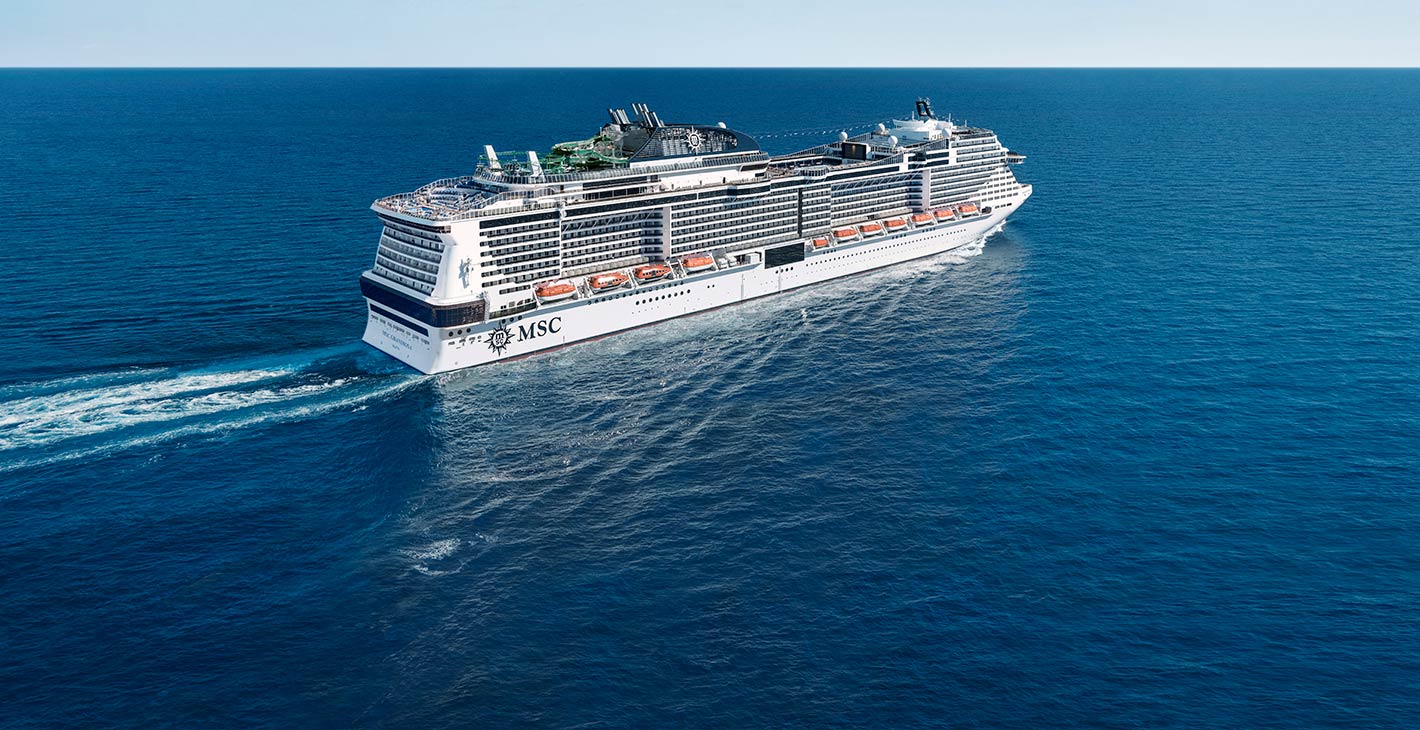Cape Town Cruise

Nature at its most expressive
When your MSC cruise brings you to Cape Town, it’s easy to see that, more than a scenic backdrop, Table Mountain is the solid core of this port city. It divides the city into distinct zones, with public gardens, wilderness, forests, hiking routes, vineyards and desirable residential areas trailing down its lower slopes.
Standing on the tabletop, you can look north for a giddy view of the city centre, its docks lined with matchbox ships. When you are on holiday in South Africa, to appreciate Cape Town you need to spend time outdoors, as Capetonians do: they hike, picnic or sunbathe, often choose mountain bikes in preference to cars, and turn adventure activities into an obsession.
Cape Town’s rich urban texture is immediately apparent in its diverse architecture: an indigenous Cape Dutch style, rooted in northern Europe, seen at its most diverse in the Constantia wine estates, which were influenced by French refugees in the seventeenth century; Muslim dissidents and slaves, freed in the nineteenth century, added their minarets to the skyline; and the English, who invaded and freed these slaves, introduced Georgian and Victorian buildings.
Strand Street marks the edge of Cape Town’s original beachfront, and all urban development to its north stands on reclaimed land. To its south is the Upper City Centre, containing the remains of the city’s 350-year-old historic core, which has survived the ravages of modernization and apartheid-inspired urban clearance, and emerged with enough charm to make it South Africa’s most pleasing city centre.
The entire area from Strand Street to the southern foot of the mountain is a collage of Georgian, Cape Dutch, Victorian and twentieth-century architecture, as well as being the place where Europe, Asia and Africa meet in markets, alleyways and mosques. Among the draw cards here are Parliament, the Company’s Gardens and many of Cape Town’s major museums.
Cruises from / to Cape Town in 2025
EXCURSIONS & ACTIVITIES
TRAVEL TO THE Cape Town CRUISE TERMINAL
Driving Directions to E-Berth, Duncan Dock, Cape Town Port from the Waterfront:
when you enter the V&A, the Caltex Station is on your right hand side.
Stay on the right, then turn right at the traffic circle / roundabout and proceed to the security boom opposite the SAPS Harbour Police.
E-Berth is directly behind the SAPS building on the left hand side.



